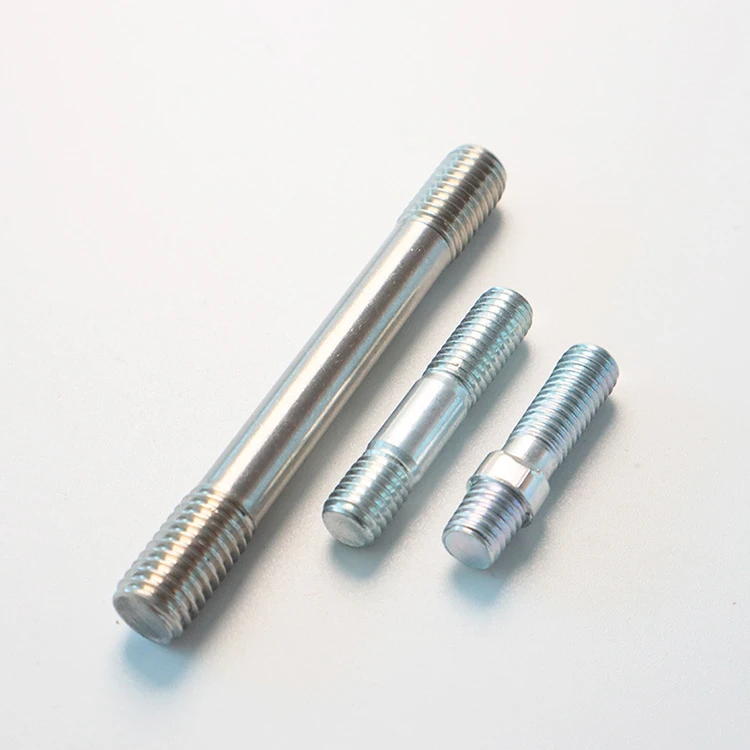The manufacturing of stud bolts involves several precise steps to ensure their quality and performance.
The process typically begins with the selection of the appropriate raw material, usually a high-strength alloy steel. The steel is heated and forged into the rough shape of the stud bolt.
Next, the threads are cut or rolled onto both ends of the bolt. This threading process requires great accuracy to meet the specified standards and ensure a proper fit with nuts or other mating components.

After threading, the stud bolts undergo heat treatment to improve their mechanical properties, such as hardness and toughness. This treatment enhances their ability to withstand the stresses and loads they will encounter in use.
Quality control is an integral part of the manufacturing process. The stud bolts are inspected for dimensional accuracy, thread quality, and any surface defects. Non-conforming bolts are rejected to maintain the high standards of the final product.
Finally, the finished stud bolts are coated or plated to provide protection against corrosion and improve their appearance. Common coatings include zinc plating or chrome plating.
The entire manufacturing process of stud bolts demands strict adherence to quality control measures and industry standards to produce reliable and durable fasteners that are crucial in a wide range of applications.
Hope these articles are helpful to you! If you have any specific requirements or need further modifications, please let me know.